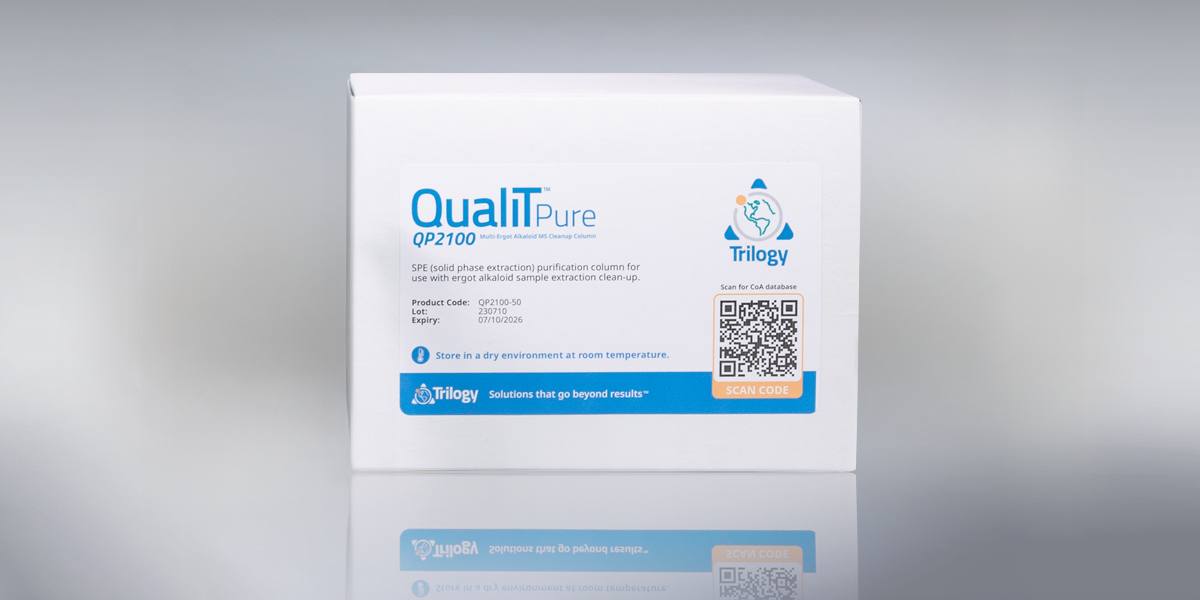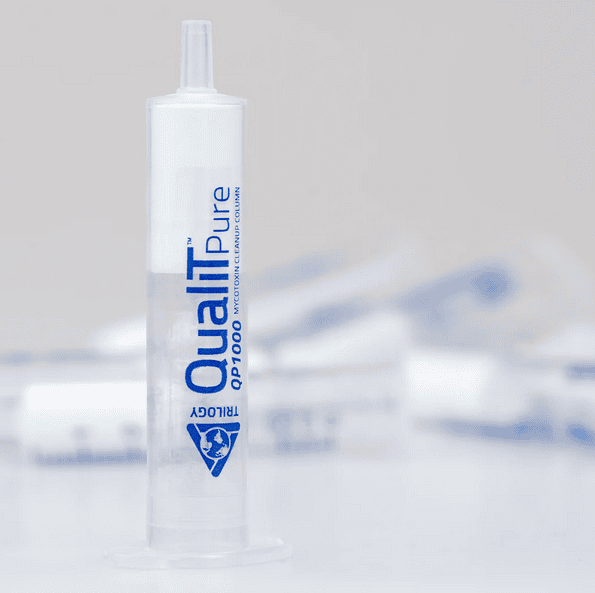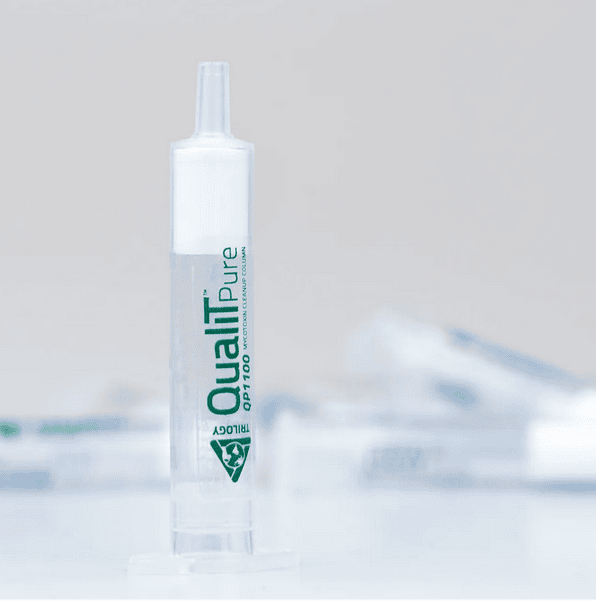
Recent news in Food & Feed Analysis
- Home
- /
- Inadequate sampling – a...
Inadequate sampling – a major source of inaccurate mycotoxin data

The importance of following a well-developed sampling plan, prior to mycotoxin analysis of food and feed is well recognised. It is accepted that regardless of the effort that goes into ensuring the accuracy of a mycotoxin test, the result is only as good as the sample that has been taken. Mycotoxins, in particular aflatoxins, are heterogeneously distributed in individual units of a commodity. Thus, a batch of peanuts may have some individual kernels that are highly contaminated, whilst the majority only have low or no detectable contamination. The total sample weight taken for analysis needs to be sufficiently large to be representative of a lot and needs to be made up of numerous sub-samples taken systematically.
A considerable amount of work has been conducted to develop reliable statistically based sampling plans that take into account the sizes of individual units of a lot and the overall weight of the lot itself. EC Regulation 401/2006 (amended in 2010 & 2014) lays down methods of sampling for official control purposes. For example, for a lot of dried figs of 15 – 30 tonnes, an aggregate sample of 30 kg should be taken comprising of 100 sub-samples. This is an extreme example due to the large size (weight) of individual dried figs. In contrast, for a lot of 500 tonnes of cereals, an aggregate sample weight of only 10 kg is required, although again made up of 100 sub-samples.
Despite the material cost of aggregate samples of high value commodities such as spices, dried fruit and figs, there is also a significant labour cost involved in conducting the sampling, particularly if the commodity is already packaged and palleted in a container for transport. Once a sample of 10 – 30 kg is sent to a testing facility it needs to be broken down to small particle sizes by milling or mincing. The sample then needs to be thoroughly homogenised, preferably using a slurry technique, before taking representative samples for extraction prior to mycotoxin analysis. It is probably no surprise that these sampling protocols are frequently ignored and there are resulting disputes as to the actual mycotoxin levels. If both parties monitoring the same consignment do not follow the same sampling plan, it is almost inevitable there will be disagreement about whether mycotoxin levels are below or exceed maximum regulatory limits.
Recent work was conducted as part of the EU Horizon 2020 MycoKey project and published in the journal Toxins to find more cost-effective sampling strategies. The project evaluated the applicability at industrial scale of dust sampling to detect multiple mycotoxins in grains using deoxynivalenol (DON) as the targeted mycotoxin. Dust is generated by particle abrasion or friction between grains when cereals are being moved or transferred, and it accumulates in mills and storage facilities. Dust of chosen particle sizes can be easily collected and although there is some correlation between DON levels in dust and grains, further validation is still required. A recent review in Toxins discussed maize sampling for aflatoxin analysis. The review has critically examined regulatory sampling plans in different jurisdictions and provides important information on neglected areas such as methods and equipment needed for incremental sampling. The review concludes that sampling is the major source of error in aflatoxin testing, and it is the most important factor for obtaining reliable results. Insufficient sampling procedures can lead to false negatives and false positives, and result in high economic impacts and health risks.



